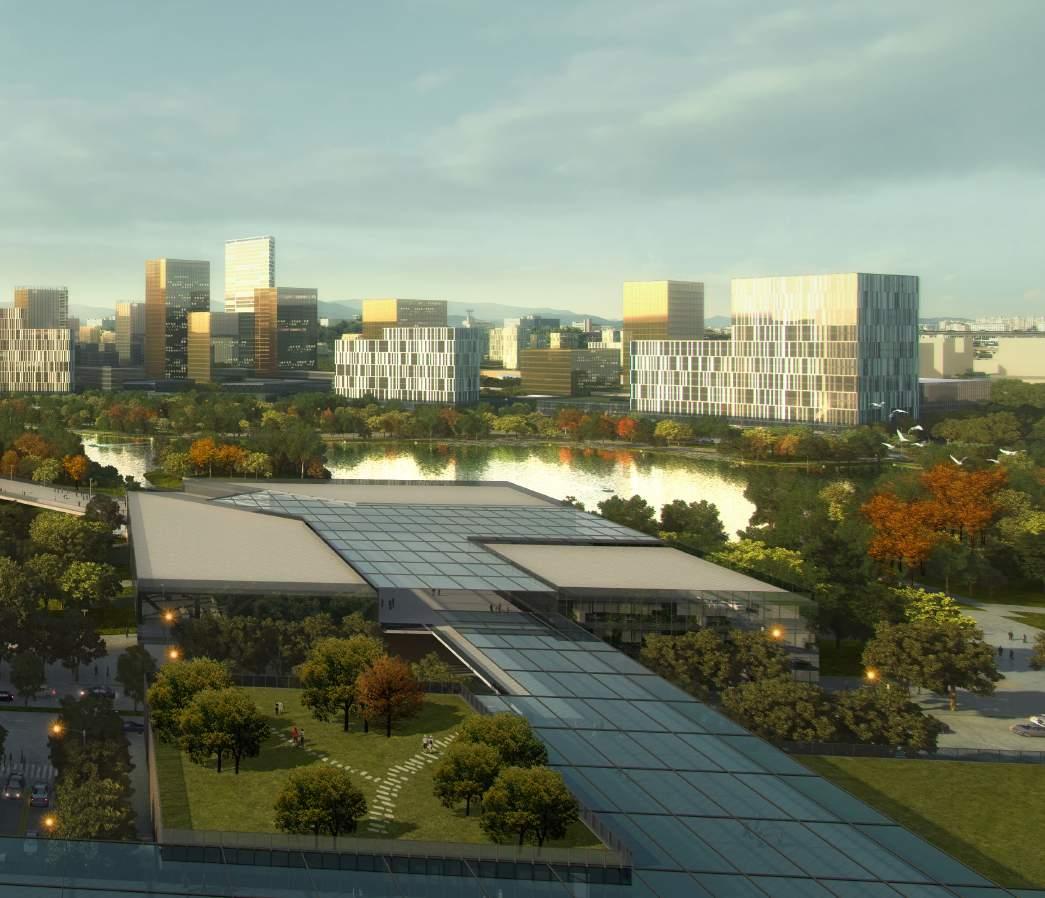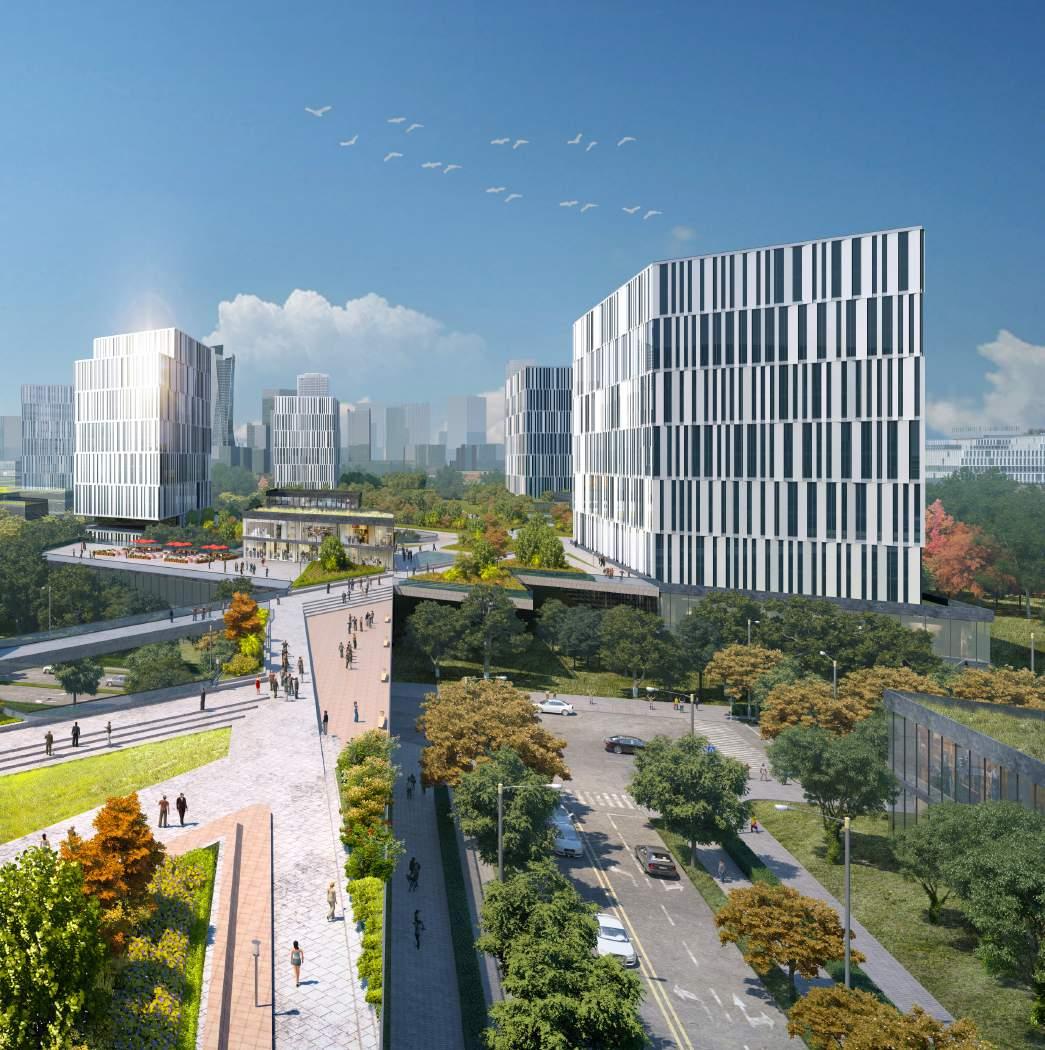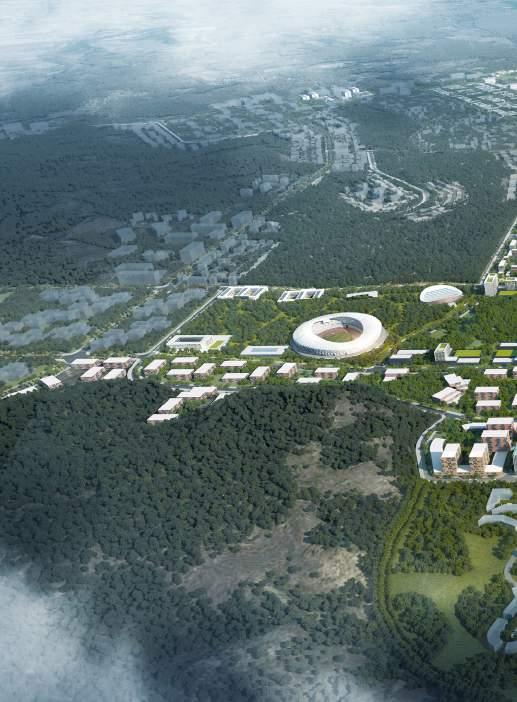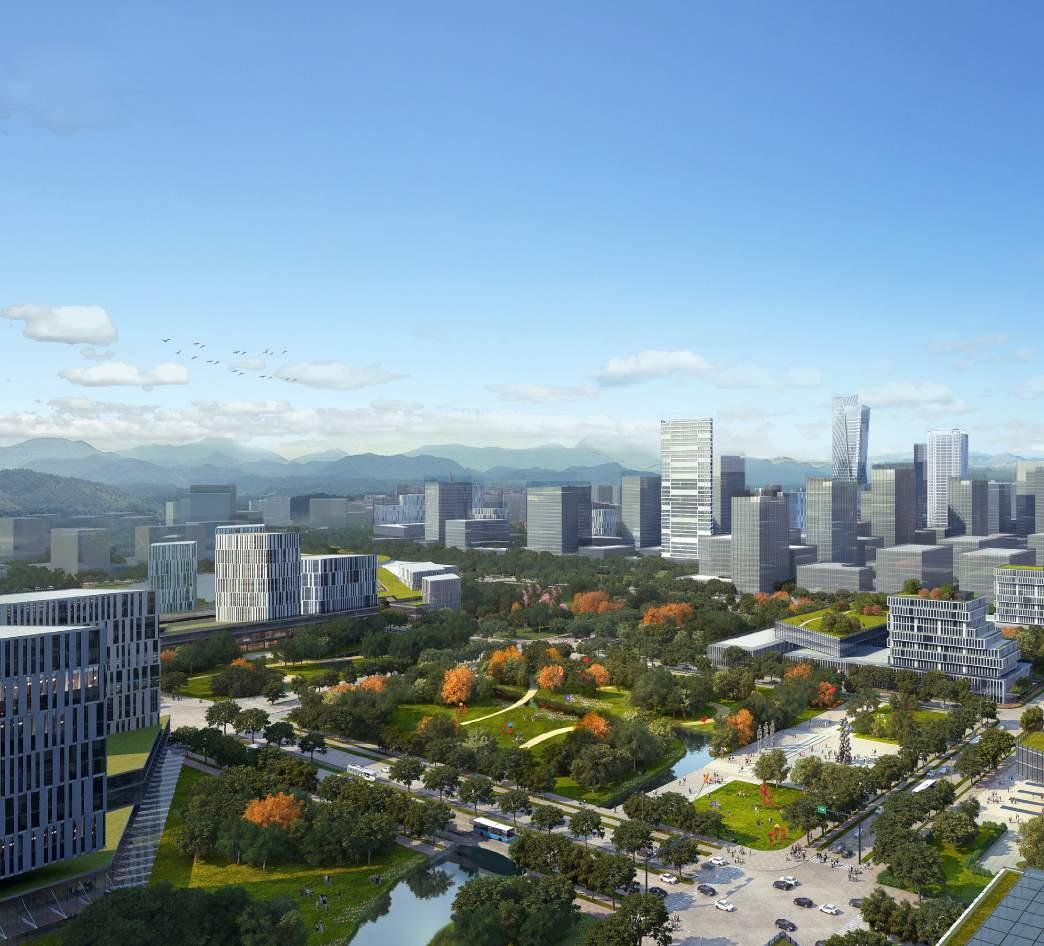
3 minute read
READY, SET, GO
from Clark Magazine Vol 1
by BCDA
It seems it’s all systems go to develop Clark as a new National Capital Region.
Already, a master planned 177-hectare development known as the Clark Global Gateway City is fast rising to rival Metro Manila’s central business districts with its extra wide avenues and underground utility connections.
Advertisement
Te frst building to be completed is the now functioning Medical City’s Clark hospital, which was built from scratch. Te buildings intended to house various business ofces in the area are interconnected and reveal a close attention to the interrelationship of buildings, people and the environment. Tere are wide sidewalks and bicycle paths. A solar energy installation is providing half of Clark’s needs.
Construction abounds for the ASEAN Summit in late 2017, as well as signs of the fledgling New Clark City, such as an unsolicited proposal to build a government center from the group that helped build Malaysia’s Putrajaya—just one notable initiative, among many, of this pioneering development.
Spearheading it is Bases Conversion Development Authority (BCDA), along with the Clark Development Corporation (CDC), which is looking at Clark as the solution for the severe congestion and daily traffic jams in Metro Manila, which is already home to 25 million souls.
Just before former CDC head Arthur Tugade took over the Department of Transportation (DOTr), he mentioned wanting to decongest Metro Manila.
A step toward this, for instance, he said, would be a proposal to stop giving tax incentives for BPOs and other industries locating within Metro Manila—indeed, all pending applications who insist on building within the metro should be rejected.
Ordinary Metro Manilans can only agree with Tugade. Many view Metro Manila as increasingly dysfunctional or even unlivable. Relocating major urban functions or building new cities outside the existing metropolitan area seems a sound idea.
Urban planner Dr. Art Corpuz, in a recent paper, agrees that Metro Manila’s problems are indeed unacceptable, especially based on international benchmarks. However, he is not convinced moving out of Metro Manila by itself is the right response. In other words, he asks: if something is broken, do you discard it (by moving to another location) or do you fix it in its place?
Dr. Corpuz is of the opinion that “there is no basis for saying that Metro Manila or any other city is too big and over-concentrated…” He correctly pointed out that the Philippine government has just failed to deliver primary government responsibilities to the extent similar to other cities.
Dr. Corpuz concludes, “city size and density thresholds are products of history, governance and technology, and none may be considered as empirical absolute limits.” But the reality is that it is doubtful our government (national and local government units) will ever be able to put greed and vested interest aside and do what is right for Metro Manila.
All points of Dr. Corpuz considered, to make Clark bloom would be a sensible choice, if only to show our people we are capable of having a well-planned and well-managed city. Seeing this happen in Clark should hopefully make Filipinos realize that the mayors have
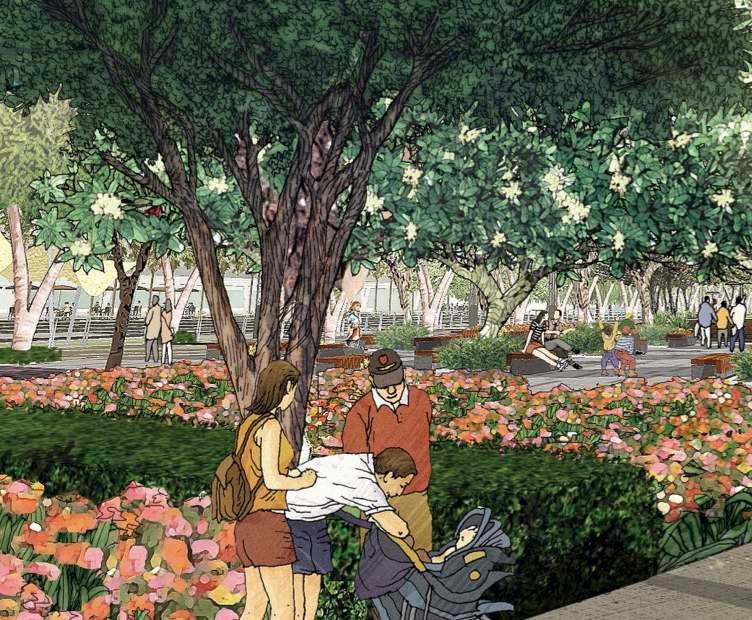
A step towards decongesting Metro Manila, for instance, would be...to stop giving tax incentives for industries locating there.

been sleeping on their jobs and should be kicked out.
I hope the enthusiasm of Clark officials won’t fade. They have everything they need to have a model major city—from an international airport to hotels, to resorts and factories and businesses that are the envy of other areas.
What a boost to the morale to see the current heads of BCDA and CDC actually moving projects forward. No more excuses…let’s get going now!
Boo Chanco is a business journalist. This is an abridged version of his piece, “Clark as new NCR?” which was published on August 9, 2017 for his column, “Demand and Supply” in The Philippine Star. It has been adapted to fit the tone of this publication.




